From Zimbabwe to Japan: How sesame seeds are helping farmers grow a profit
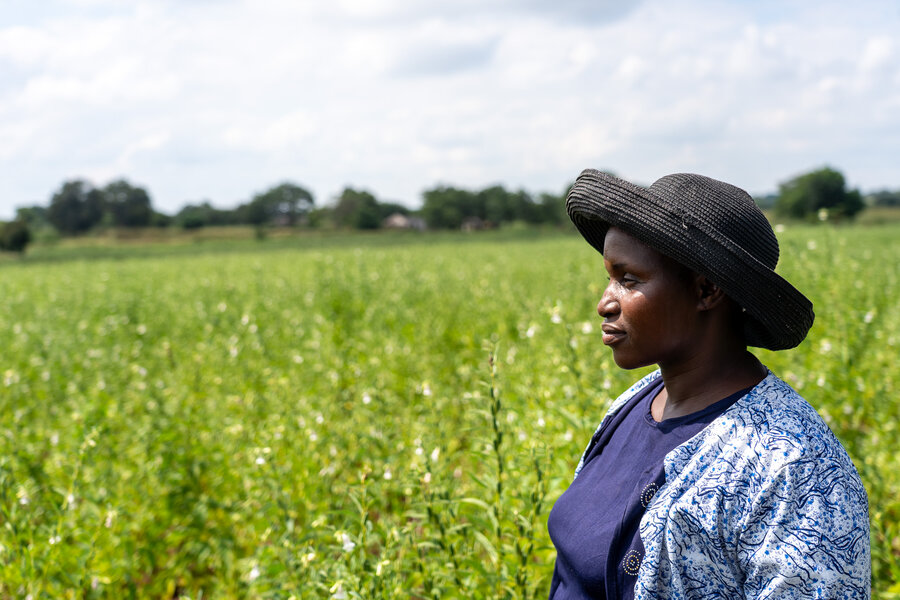
In the sun-scorched fields of Zimbabwe’s southern Mwenezi District, where rainfall is rare, a quiet revolution is sprouting - one tiny sesame seed at a time. For years, subsistence farmers like Kastina Sibanda gambled on maize, only to harvest disappointment.
“For many seasons, our maize crop would fail, and we would barely fill a bag with grain,” says Sibanda of the crop she produced on her 2-hectare plot, and which hardly met the family's needs. “We struggled financially and had very little food to eat in our home.”
Last year, sesame offered a new path. Drought-tolerant and in growing demand abroad, the crop has become a lifeline for thousands of Zimbabwean farmers. “Our yields are better,” Sibanda says. “And we get paid for the crop - which means we can provide for the family.”
As she looks over her sesame field, the green plants sprouting white flowers, Sibanda knows her harvest will travel more than 12,500 kilometres beyond Mwenezi. After processing, the seeds’ golden oil will add a delicate finish to meals served on dinner tables in Japan.
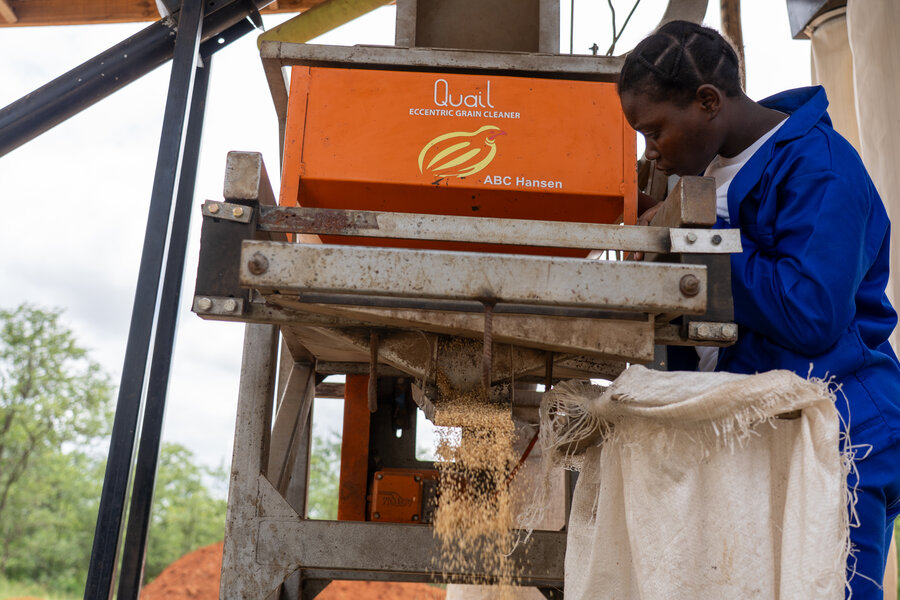
The transformation underway in Sibanda’s field is part of a broader resilience-building initiative across five districts in Zimbabwe, funded by the Government of Japan. A partnership between the World Food Programme and local nongovernmental group Sustainable Agriculture Technology (SAT), the project supports small-scale farmers in growing sesame for the market, developing the infrastructure, value chains and capacity to do so.
“The main driver for our involvement was to improve the ability of smallholder farmers to manage shocks while enhancing their food and nutrition security,” says WFP Programme Officer Bezel Garedondo. “Sesame is climate-resilient and gives farmers an alternative when maize or sorghum fail.”
Rather than delivering aid, the project is boosting trade, Garedondo and others say. By linking smallholder farmers to export markets, it is giving them an opportunity to build successful livelihoods.
Seeds of resilience
Piloted in two districts, including Mwenezi, in late 2023, the project initially provided nearly 3,000 households with improved seeds and training. This year it scaled to 8,000 farmers in three districts, with plans to reach over 14,000 households.
“Sesame is heat and drought-resistant, making it suitable for growing in Zimbabwe while also ensuring a stable supply for Japan,” says Tetsuya Murakami, Counsellor at the Japan Embassy to Zimbabwe, as Japan kicks off the 9th Tokyo International Conference on African Development. “This project supports food security, climate resilience and the United Nations Sustainable Development Goals, benefitting both producers and consumers.”
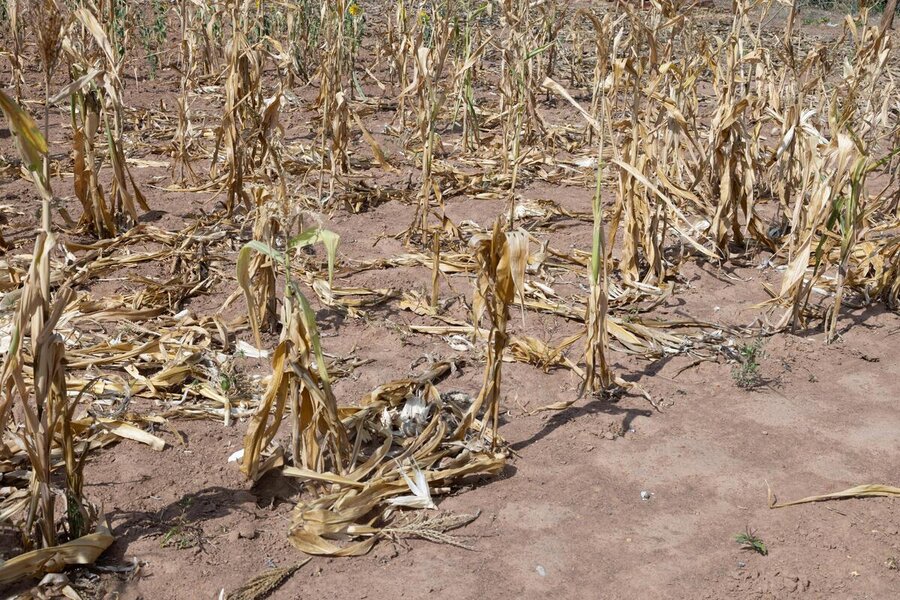
In a country buffeted by recurrent droughts, the results have been transformative. “Farmers are now able to earn an income even during the El Niño drought period,” Garedondo says of the weather phenomenon that last year sparked Zimbabwe’s worst drought in decades - and left 5.9 million smallholder farmers food insecure. Despite the harsh weather, sesame farmers “were able to sell something and sustain their livelihoods,” he adds.
In the northwestern district of Rushinga, bordering Mozambique, smallholder grower Hazvinei Tsongora is also betting on sesame. As she harvests and prepares her crop for market, she explains how the WFP project taught farmers to stick to natural pesticides, like aloe vera, to ensure their crops were organic.
“They explained buyers want the crop to be chemical-free,” Tsongora says, “and that works for us because it keeps the cost of production down.”
Fair prices
Another sesame farmer, Alexander Gusingo, recalls the difficult farming days of the past - waiting for weeks to get paid for his small surplus harvests of sorghum, cowpeas and maize. By contrast, his sesame harvest this year - on less than a hectare of land - yielded a 600 kg bumper crop.
“When I sold it, I had money in my pocket that very day,” Gusingo says, adding, “with sesame, the prices are good, and the payment is instant. Next season, I want to grow a hectare or more.”
As part of the programme, WFP’s NGO partner SAT supports farmers with training, access to aggregation hubs - gathering harvests from several farms in a single location for sale - along with fair pricing. At buying points, the sesame is weighed openly on calibrated scales, ending years of exploitation by unregistered traders who underpaid farmers.
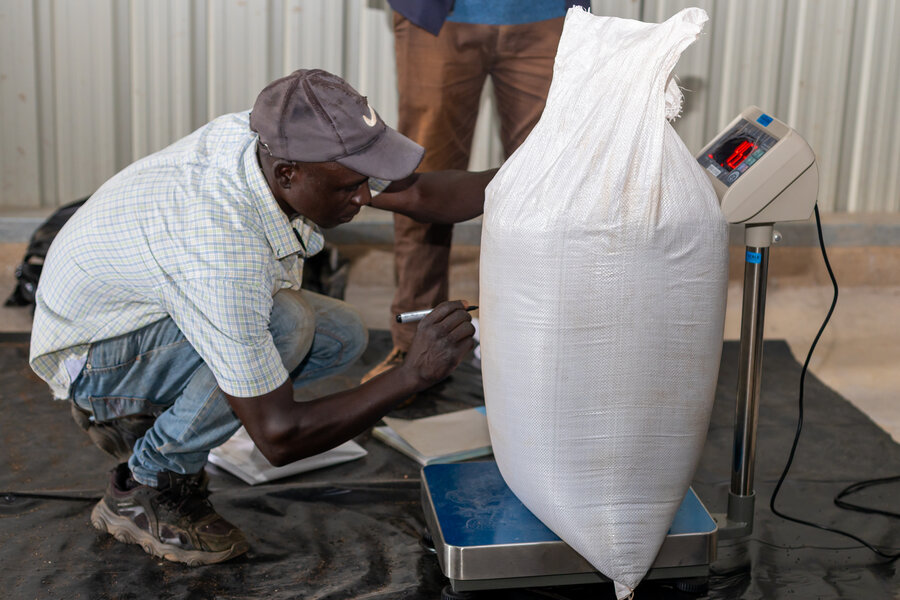
“The results are undeniable,” says SAT Deputy Country Director Lloyd Masunda, noting how yields have soared, while post-harvest losses are down by a quarter. “Farmers now earn up to US$900 per metric ton,” he adds, “well above the meagre offers from middlemen.”
The seeds are then processed for export to Japan. Cleaning machines ensure the sesame is “99 percent pure” , before it is packaged, Masunda says. Rigorous tests check for moisture, aflatoxins and chemical residues to meet Japanese market requirements.
From field to kitchen
Packed into containers, the sesame then travels by road to the Port of Durban, in South Africa. From there, is shipped across the Indian Ocean to Japan - where, thanks to centuries-old craftsmanship, it is carefully transformed into oil.
The seeds are first cleaned and sorted, then gently toasted to release their nutty aroma. Through traditional pressing methods, the oil is extracted and filtered to ensure purity and quality. Some varieties are distilled to produce a lighter, delicate flavour; others are aged and filtered multiple times for richness.
Some of Zimbabwe’s harvest ends up in Kana Kawasaki’s kitchen, where fragrant, golden sesame oil is an essential part of her daily cooking. “I use it almost every day. It seems nutritious, and my child tends to eat more when I use it, so I mix it with rice and noodles,” she says. “It has a toasty, fragrant smell which is quite nice.”
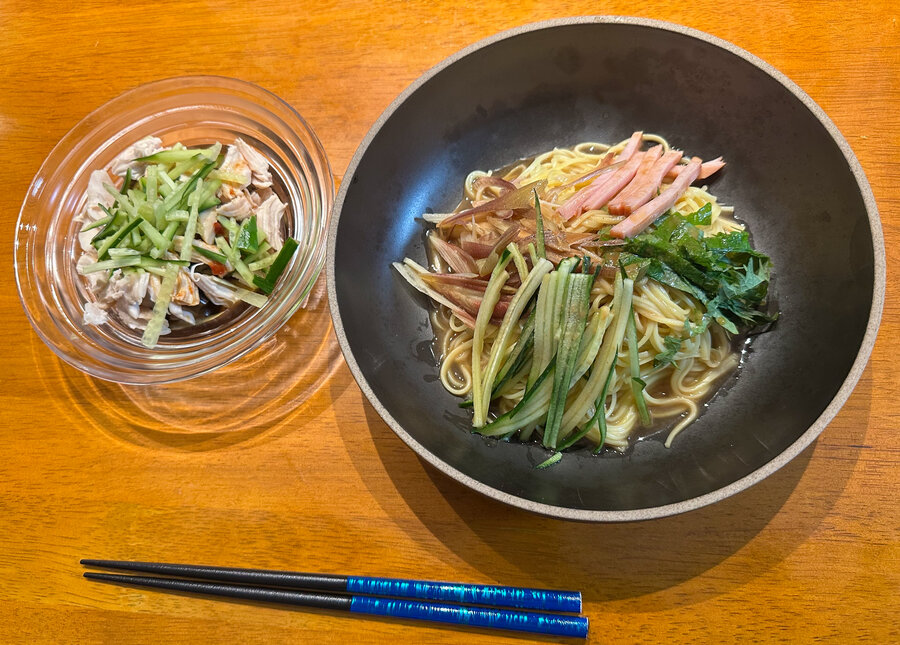
While sesame is extremely popular in Japanese cuisine, the country imports almost all of it. Zimbabwe’s farmers can help fill the gap - and the project ensures sesame oil fans like Kawasaki know where their product comes from. “With global concern over food safety and human rights in supply chains, traceable sesame from smallholder farmers in Zimbabwe is a strong reassurance to consumers,” says Counsellor Murakami of the Japanese Embassy.
He believes these and other smallholder exports can help strengthen bonds between Japan and Zimbabwe.
“Zimbabwean smallholder farmers should be proud that their produce is internationally recognised and exported,” Murakami says. “If they can produce safer, higher-quality agricultural products and supply them stably, Zimbabwe can revive its status as the breadbasket of southern Africa.”
